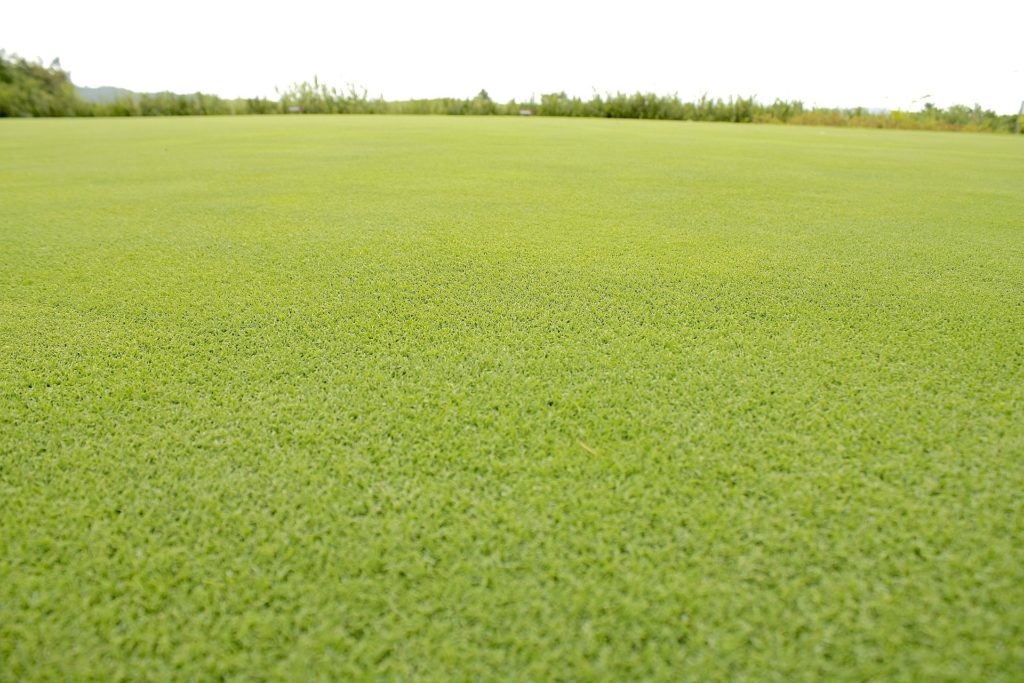February 2020 Green Industry News
go.ncsu.edu/readext?652034
en Español / em Português
El inglés es el idioma de control de esta página. En la medida en que haya algún conflicto entre la traducción al inglés y la traducción, el inglés prevalece.
Al hacer clic en el enlace de traducción se activa un servicio de traducción gratuito para convertir la página al español. Al igual que con cualquier traducción por Internet, la conversión no es sensible al contexto y puede que no traduzca el texto en su significado original. NC State Extension no garantiza la exactitud del texto traducido. Por favor, tenga en cuenta que algunas aplicaciones y/o servicios pueden no funcionar como se espera cuando se traducen.
Português
Inglês é o idioma de controle desta página. Na medida que haja algum conflito entre o texto original em Inglês e a tradução, o Inglês prevalece.
Ao clicar no link de tradução, um serviço gratuito de tradução será ativado para converter a página para o Português. Como em qualquer tradução pela internet, a conversão não é sensivel ao contexto e pode não ocorrer a tradução para o significado orginal. O serviço de Extensão da Carolina do Norte (NC State Extension) não garante a exatidão do texto traduzido. Por favor, observe que algumas funções ou serviços podem não funcionar como esperado após a tradução.
English
English is the controlling language of this page. To the extent there is any conflict between the English text and the translation, English controls.
Clicking on the translation link activates a free translation service to convert the page to Spanish. As with any Internet translation, the conversion is not context-sensitive and may not translate the text to its original meaning. NC State Extension does not guarantee the accuracy of the translated text. Please note that some applications and/or services may not function as expected when translated.
Collapse ▲Winter Glyphosate Applications to Bermudagrass
Glyphosate applications to dormant bermudagrass in winter are excellent for general weed control. Many weeds, including Poa annua, can be effectively controlled at the labeled rate of 0.5 lbs ai/a of glyphosate (1 pt/acre for the 4 lb/gallon product). Furthermore, glyphosate use is an important tool for resistance management of weeds in bermudagrass.
Glycophosphate application information >>
EPA Issues Review of Glyphosate: “No risks to human health when used in accordance with current label.”
Glyphosate is a widely used herbicide that controls broadleaf weeds and grasses. It has been registered as a pesticide in the U.S. since 1974. Since glyphosate’s first registration, EPA has reviewed and reassessed its safety and uses, including undergoing pesticide registration review process, a program that re-evaluates each registered pesticide on a 15-year cycle.
U.S. EPA pesticide registration/reevaluation >>
Ingredients Used in Pesticide Products – Glyphosate >>
Nematodes in Turfgrass: A New Extension Publication
Nematode damage manifests itself in both above and below ground symptoms. Above-ground symptoms typically include thinning, wilting or death of turfgrass. These symptoms usually occur in irregularly shaped patches that will spread outwards slowly over time if left untreated. Root-knot nematode symptoms often emulate several fungal diseases and can cause chlorotic patches in turfgrass stands.
NC State University: Choose a College Major in Turfgrass

Do you enjoy working outdoors, creating beautiful surroundings, analyzing environmental plant relationships, or growing high-value crops? A yes to any of these means a career in turfgrass management might be for you.
Turfgrass serves valuable functional (erosion), recreational (sports), and ornamental (beautification) purposes in our landscapes. And it is a greening industry. Managed turf covers 3% of arable US land – primarily in urban and suburban areas.




